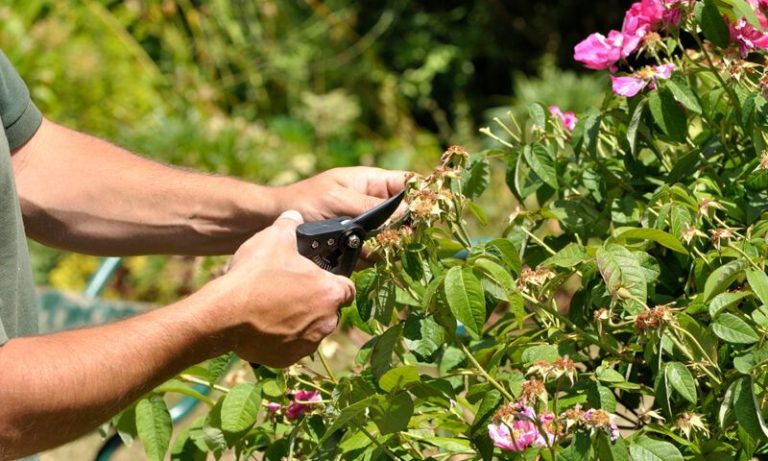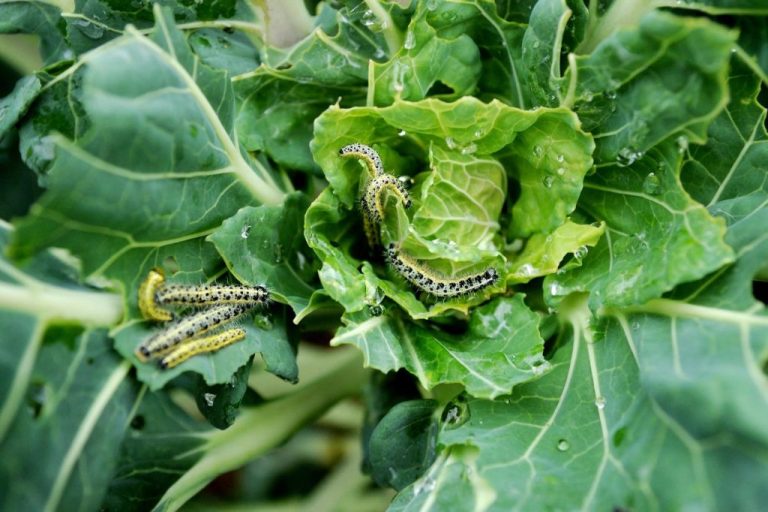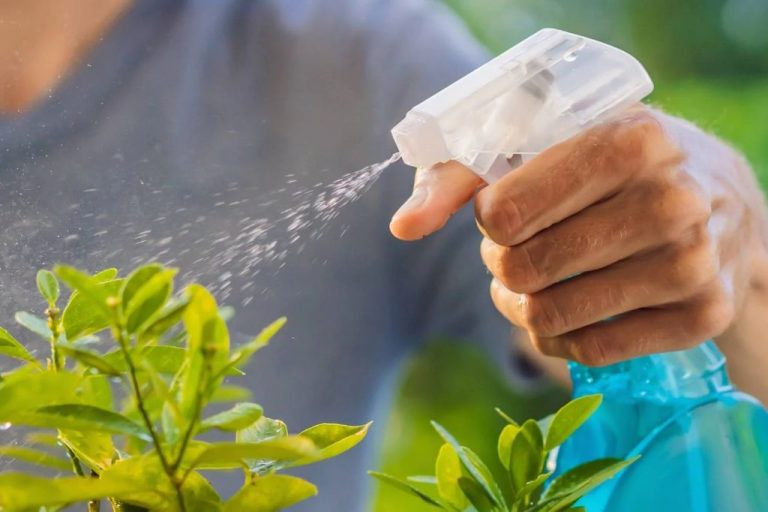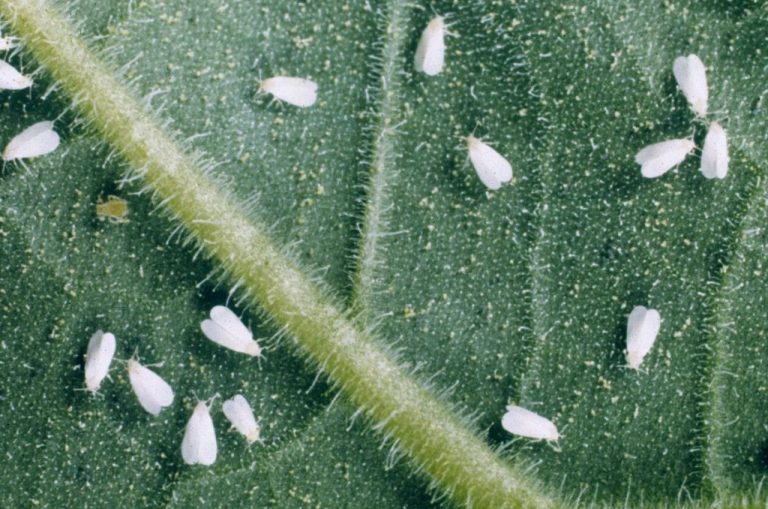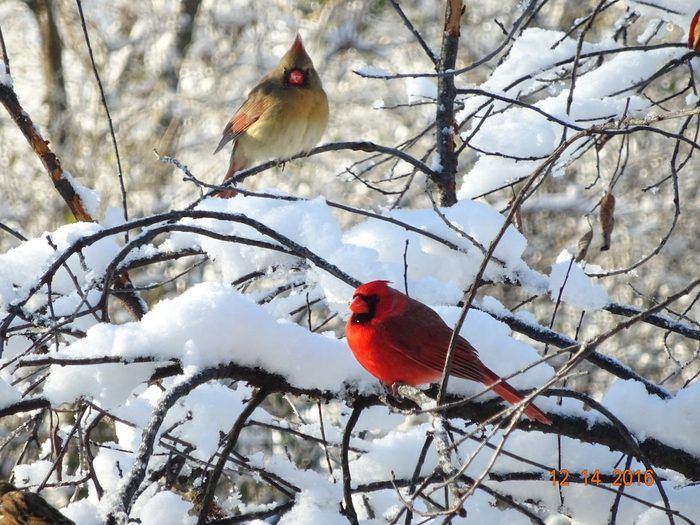Summer Herb Garden Tips: Growing Flavorful Herbs
Herb gardening is a rewarding and delicious way to enjoy your garden. Growing fresh herbs at home provides a constant supply of flavorful herbs to elevate everyday meals. Herb gardens are also relatively easy to tend and maintain, making them a great option for beginner gardeners. Whether you want to cook with fresh basil, make tea from mint leaves or whip up homemade pesto, having a variety of herbs on hand can take your culinary creations to the next level.1
Some of the key benefits of growing an herb garden include:
– Access to fresh, vibrant herb flavors that are often more intense than dried/store-bought herbs
– The ability to harvest herbs at their peak, ensuring maximum flavor
– Cost savings from not having to purchase herb plants or cut herbs from the store
– Adding visual interest and scent to your garden landscape
– Providing habitat and food sources for pollinators like bees and butterflies
With some planning and basic care, it’s easy to create a thriving herb garden that will provide a bountiful harvest. This guide covers everything from picking the optimal site to caring for your herbs to enjoying their flavorful bounty.
Popular Herbs to Grow
Some of the most popular and easy-to-grow herbs for home gardens include:
- Basil – This classic Italian herb comes in many varieties. Grow it for use in pasta, pizza, pesto, and more. Basil thrives in warm weather and full sun. Keep it well watered and pinch off flower heads to encourage leaf growth. Source
- Mint – Peppermint, spearmint, chocolate mint, etc. Mint spreads vigorously, so plant it in containers unless you want it taking over your garden! Mint thrives in partial shade with moist soil. Use it fresh or dried in drinks, desserts, lamb dishes, and more.
- Parsley – Curly and Italian flat-leaf parsley are essential for garnishes, salads, and cooking. Parsley prefers moist, well-drained soil. Harvest often to encourage new growth.
- Cilantro – This fast-growing annual has a pungent flavor perfect for Mexican, Thai, and Indian cuisine. Direct sow cilantro in spring after the last frost. It bolts quickly in summer heat, so make successive plantings.
- Oregano – Both Greek and Italian oregano are easy perennials in warm climates. Oregano needs good drainage and loves hot, sunny spots. Use it abundantly in tomato sauces, on pizza, and in Mediterranean dishes. Source
Garden Location
When choosing a location for your herb garden, sunlight exposure is an important factor to consider. Most culinary herbs require at least 6-8 hours of direct sunlight per day for optimal growth and flavor production. The ideal location will provide your herbs with morning sun and some afternoon shade to protect them on hot summer days (Source 1).
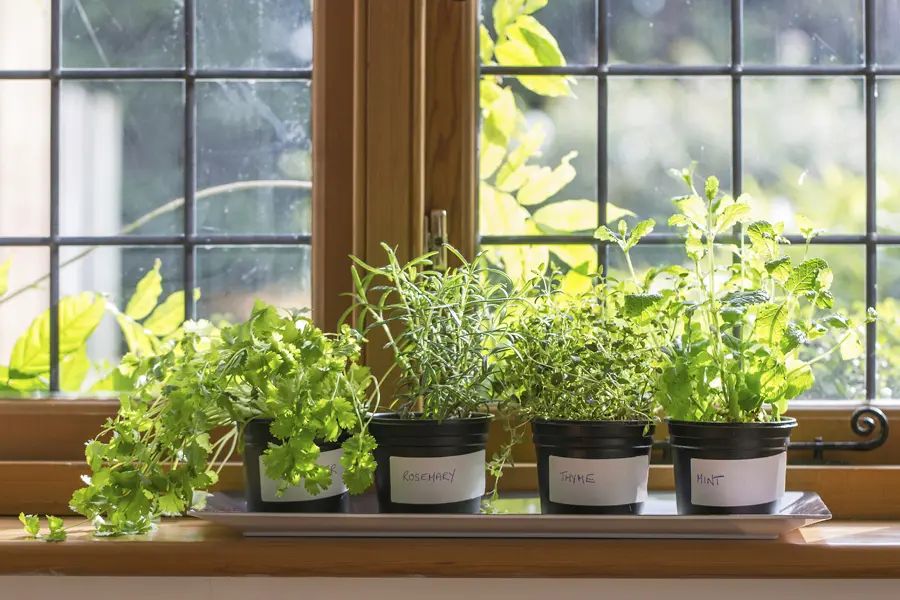
Herbs like basil, thyme, rosemary, oregano, and sage thrive in a sunny spot. Dill, cilantro, and parsley can tolerate part-sun conditions with at least 4 hours of direct light daily. If you have limited space, focus on sun-loving herbs for containers placed in the sunniest areas of your yard or deck (Source 2).
Make sure to observe how the sunlight shifts in your garden throughout the day and season. Placing your herb garden along a south-facing wall or fence helps maximize sunlight. Just check for shadow patterns from nearby trees, shrubs, or buildings that could limit the light later in the day.
Soil Preparation
When planting an herb garden, it’s important to prepare the soil properly. Herbs thrive in well-drained soil that is rich in organic matter. To prepare the soil for herbs:
- Test the soil pH and add amendments like lime or sulfur to achieve a pH between 6.0-7.0 which is optimal for most herbs.
- Add 2-4 inches of compost or other organic material and mix thoroughly into the top 6-12 inches of soil to improve drainage and nutrients. Good compost options include composted manure, peat moss, leaf mold, grass clippings or coconut coir. Source
- Consider raised beds for better drainage. Fill with a 50/50 mix of potting soil and compost.
- For in-ground herbs, double dig the soil to improve drainage and aeration. Dig down 12-18 inches removing rocks and debris, then mix in compost as you return the soil. Source
Properly preparing the soil by improving texture, drainage and nutrients before planting is key to growing robust herbs with great flavor.
Planting Herbs from Seed
Growing herbs from seeds indoors allows you to get an early start on the growing season. Many popular culinary herbs like basil, parsley, cilantro, and dill can be started from seed indoors in late winter or early spring, then transplanted outside after the last frost. Herb seeds can be planted in containers, cell packs, or trays filled with a seed starting mix. Make sure the containers have drainage holes. Sow the seeds according to package directions and lightly cover with soil. Keep the seed starting mix moist until the seeds germinate. Place the containers in a sunny window or under grow lights. Thin seedlings after they sprout to prevent overcrowding. Hardening off the seedlings by setting them outdoors for short periods over 7-10 days will help them adjust to outdoor conditions before transplanting.
According to the University of Illinois Extension, herbs that do well started from seed indoors include basil, parsley, thyme, oregano, sage, chives, rosemary, tarragon, and marjoram. Mint, lemon balm, and French tarragon should always be started from young plants or root divisions rather than seed. Cilantro and dill can be directly sown in the garden a few weeks before the last spring frost since they don’t transplant well.
Buying Herb Plants
When buying herb plants, it’s important to select healthy specimens that will thrive in your garden. Here are some tips for choosing the best plants at a nursery or garden center:
Inspect the leaves and stems for signs of pests or disease. Avoid plants with chewed, spotted, or yellowing foliage. Look for vibrant green leaves and sturdy stems.*
Check that the plants are not rootbound. Gently remove the plant from the container to look for dense circling roots or roots coming out of the drainage holes. This inhibits growth.*
Select herbs with established root systems and vigorous top growth. Larger plants with lots of leaves and branching stems will transplant and grow in better.*
Choose plants in containers appropriate for each herb. For example, mint thrives when slightly rootbound in smaller pots. Basil likes more room to grow.*
Look for herbs with the best flavor and fragrance profile. Crush a leaf to release the aroma and taste a sample if offered.
Read labels for light and watering needs. Select herbs suited to the conditions in your garden.
When buying herbs, inspect plants closely and choose only the healthiest, quality specimens. This will give them the best start in your herb garden.
Watering and Feeding
Proper watering is crucial for growing healthy herbs. Herbs grown in pots and containers need more frequent watering than herbs in garden beds. Check the soil moisture daily by sticking your finger into the soil. Water thoroughly whenever the top 1-2 inches of soil becomes dry. Take care not to overwater, as too much moisture can cause root rot. Allow excess water to drain from the pot’s drainage holes after watering.
While herbs are generally not heavy feeders, providing some fertilizer will help them thrive. Use a water-soluble fertilizer like fish emulsion or compost tea every 2-3 weeks during the growing season 1. You can also top dress containers with worm castings or compost to provide nutrients. Granular organic fertilizers like bone meal or kelp meal can be worked into the soil prior to planting.
For herbs growing in garden beds, a light application of compost or organic granular fertilizer in early spring and midsummer is usually sufficient 2. Avoid over-fertilizing herbs as it can diminish their flavor.
Ongoing Care
Proper ongoing care is crucial for a thriving herb garden. Here are some tips:
Prune herbs regularly to promote new growth. Cutting back about one third of the plant will encourage bushiness. Avoid pruning right before herbs flower. For perennial herbs like thyme and sage, prune in spring. For basil and other annuals, pinch off flower buds to prolong leaf production (Source).
Check plants for pests like aphids, spider mites, and whiteflies which can quickly damage an herb garden. Use organic insecticidal soap or neem oil sprays to control infestations. Pick off larger pests by hand. Caterpillars can also be an issue – control them by removing egg masses from leaves (Source).
Weed the herb garden regularly, taking care not to damage shallow herb roots. Mulching around plants helps suppress weeds. Make sure mulch doesn’t touch stems or trunks. Remove dead or damaged growth throughout the season.
Herbs thrive with consistent moisture. Water whenever the top few inches of soil become dry. Most herbs require about 1 inch of water per week. Pay attention to each herb’s preferences – some like drier soil while others need more constant moisture (Source).
Harvesting Herbs
Timing is everything when it comes to harvesting herbs for optimal flavor. The key is to harvest herbs just before the plant flowers. This is when the leaves contain the maximum concentration of oils that give herbs their delicious taste and smell. The general rule of thumb is that herbs should be harvested in the morning after the dew has evaporated but before the midday sun starts to intensify. The essential oils are most concentrated during this time.
Harvest herbs by cutting near the base of the stem. Use clean, sharp scissors or pruning shears to make a diagonal cut right above a set of leaves. It’s important not to strip the plant completely, but to leave some foliage so that the plant can continue photosynthesizing and producing new growth. With basil, cut just above a node where two leaves emerge to promote bushiness. Avoid harvesting more than 30% of the leaves at one time so the plant isn’t shocked.
With mint, harvest individual stems instead of just the leaves. Snip the stems all the way down to the ground. This will also help keep the plant from spreading invasively.
Most annual herbs like basil, cilantro, and dill can be harvested multiple times throughout the season by cutting sprigs as needed. Just be sure not to remove more than one third of the plant at once. The exception is parsley – only harvest the outer leaves to allow the inner leaves time to mature. Biennial herbs like parsley and angelica and perennials like rosemary, thyme, and sage can be harvested lightly the first year and then more heavily in following years.
Harvest just before using herbs to maximize their fresh taste. Herbs like basil, cilantro, mint, and parsley lose flavor quickly after cutting. If preserving herbs for later use, it’s best to harvest early in the day but prepare them right before the midday heat when their essential oils are most intense.
Sources:
https://content.ces.ncsu.edu/harvesting-and-preserving-herbs-for-the-home-gardener
https://extension.psu.edu/growing-harvesting-and-preserving-herbs
Enjoying Fresh Herbs
Freshly harvested herbs add amazing flavor to a variety of dishes. Here are some ways to make the most of your homegrown herbs:
Add chopped herbs like basil, mint, parsley or cilantro at the end of cooking a dish or as a garnish. The herbs will retain their fresh, vibrant flavor. Be careful not to cook the herbs too long or they may become bitter (source).
Use hearty herbs like rosemary, thyme and sage early in recipes that require longer cooking times. Their flavor will infuse the dish as it simmers or bakes (source).
Chop up a combination of herbs to make a fresh salsa, chimichurri sauce, pesto or herb butter. Great options include cilantro, basil, parsley, oregano, chives and dill.
Garnish completed dishes with whole herb sprigs or leaves. Try adding rosemary sprigs to roast meats or fish, basil leaves to pasta or salads, or dill fronds to fish, chicken or vegetables.
Infuse vinegar or oil with herbs like rosemary, thyme, oregano or tarragon. Let the herbs steep for a few weeks before straining and using the flavored oil or vinegar in salad dressings, marinades and more.

